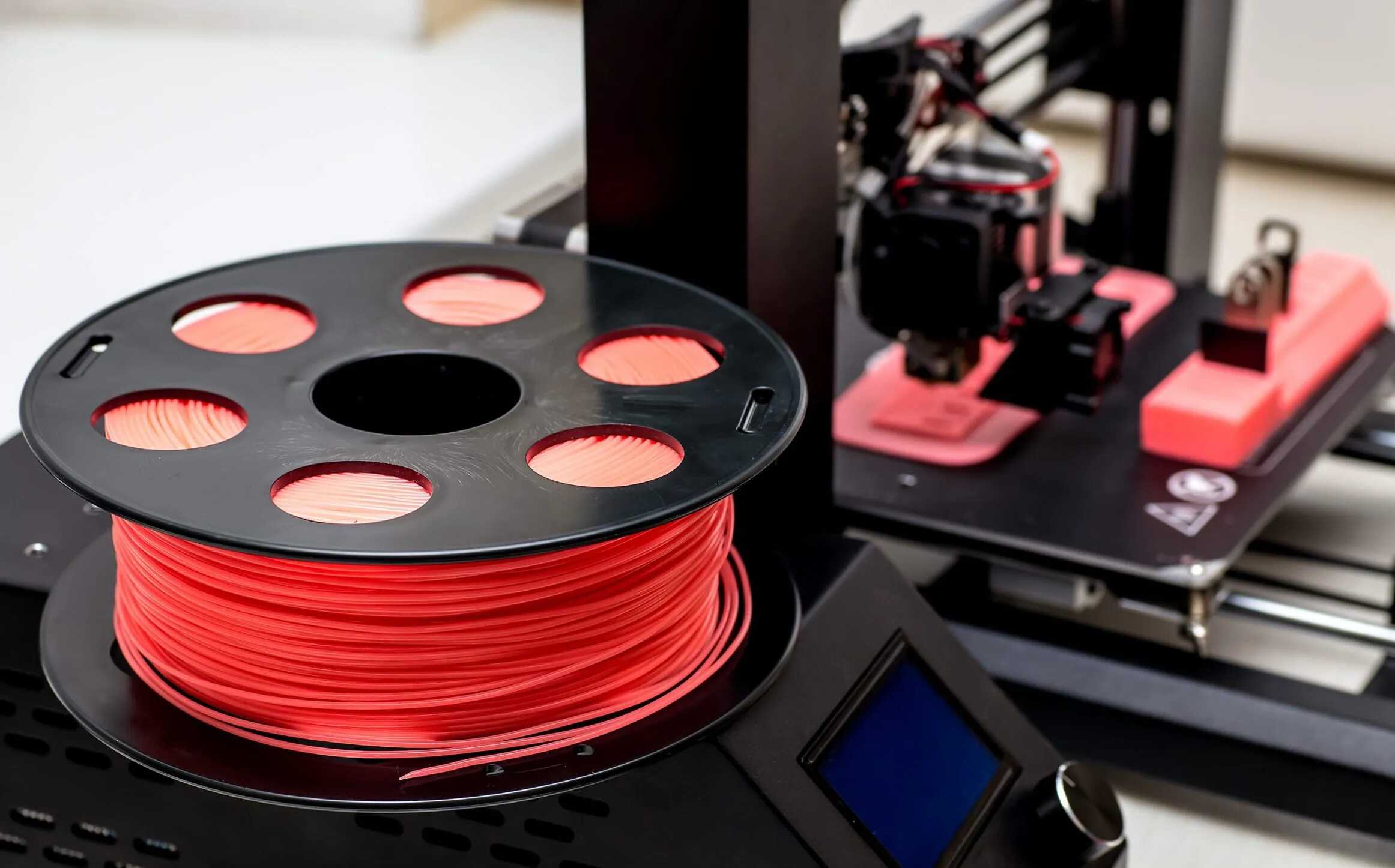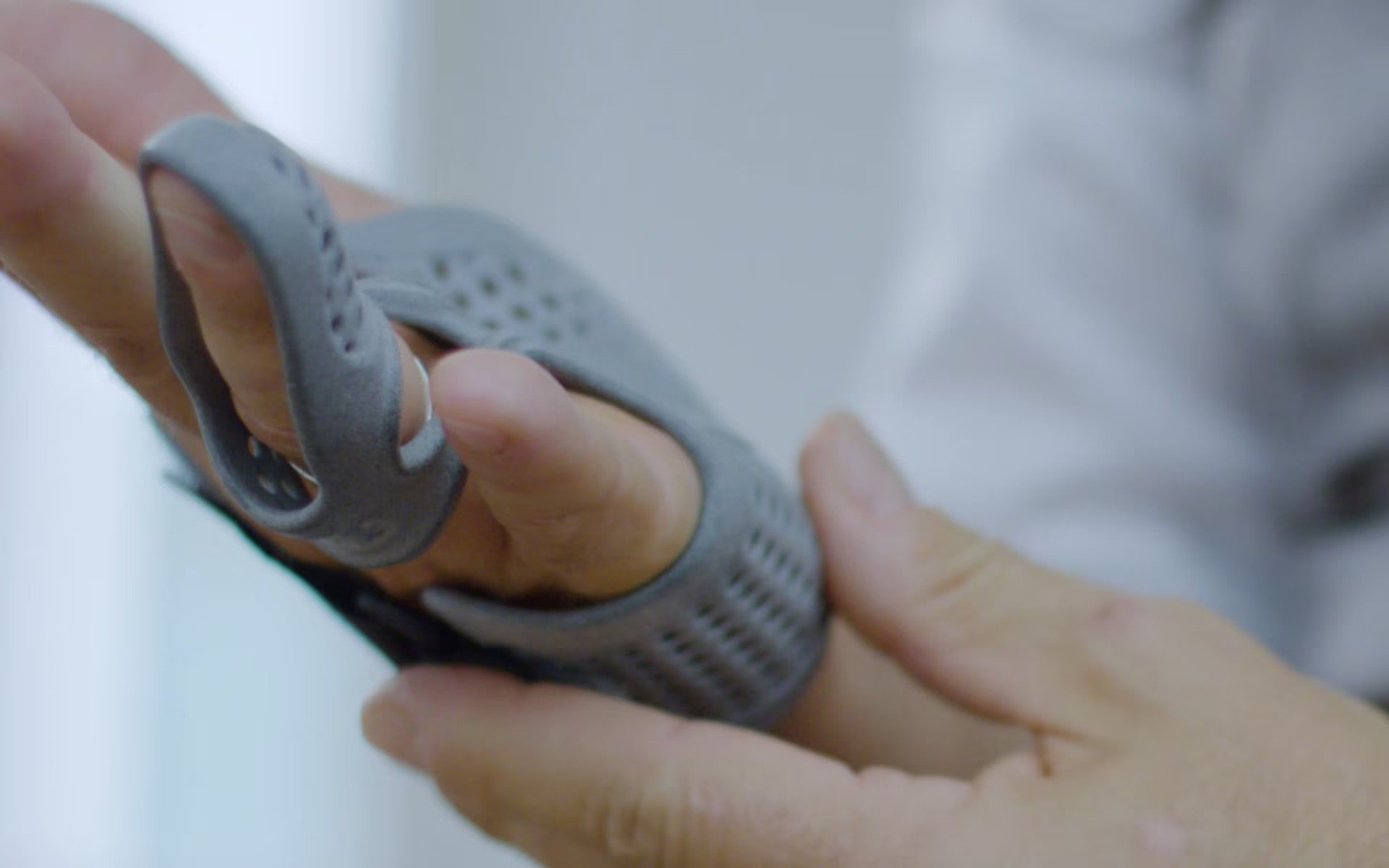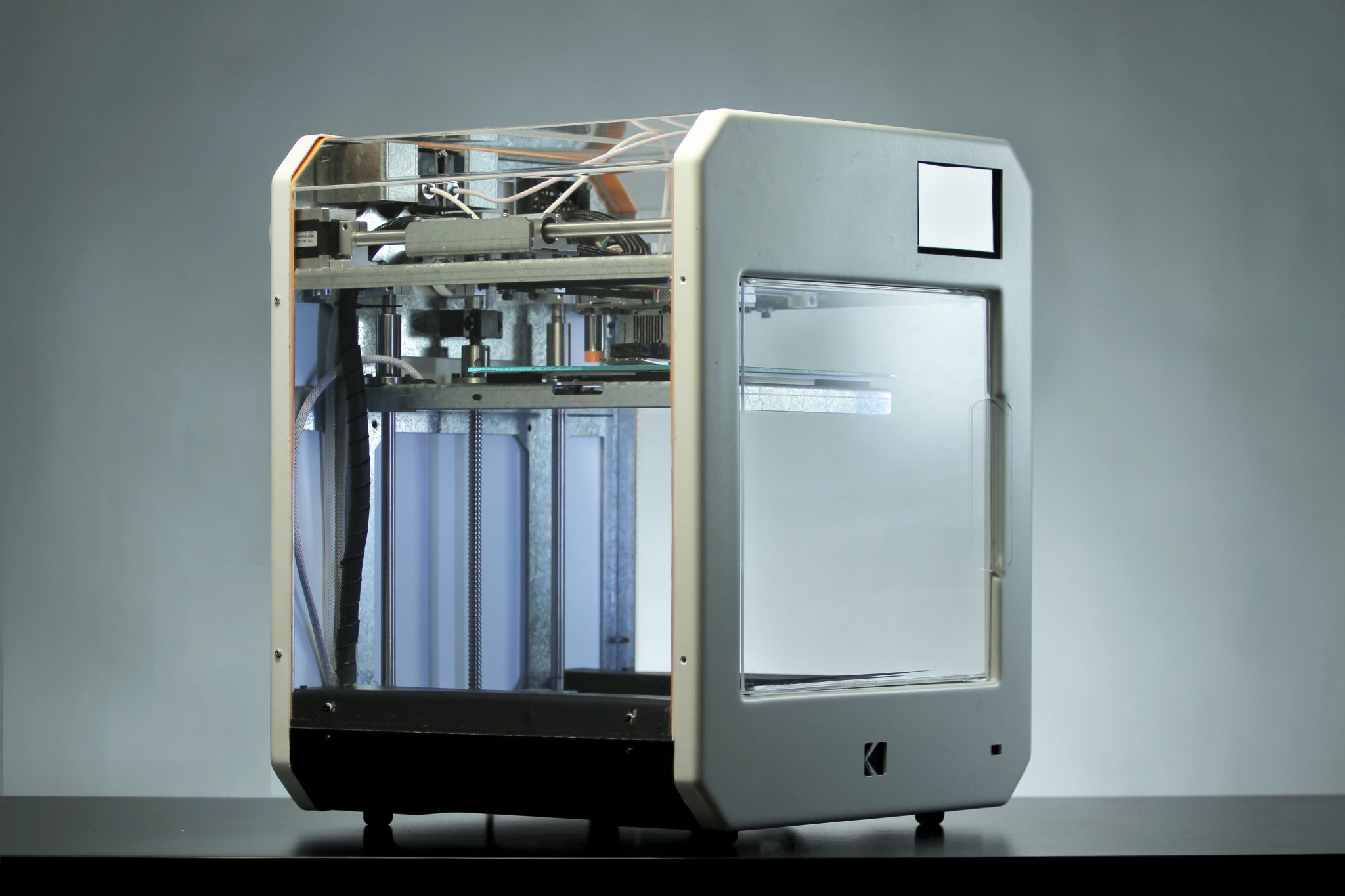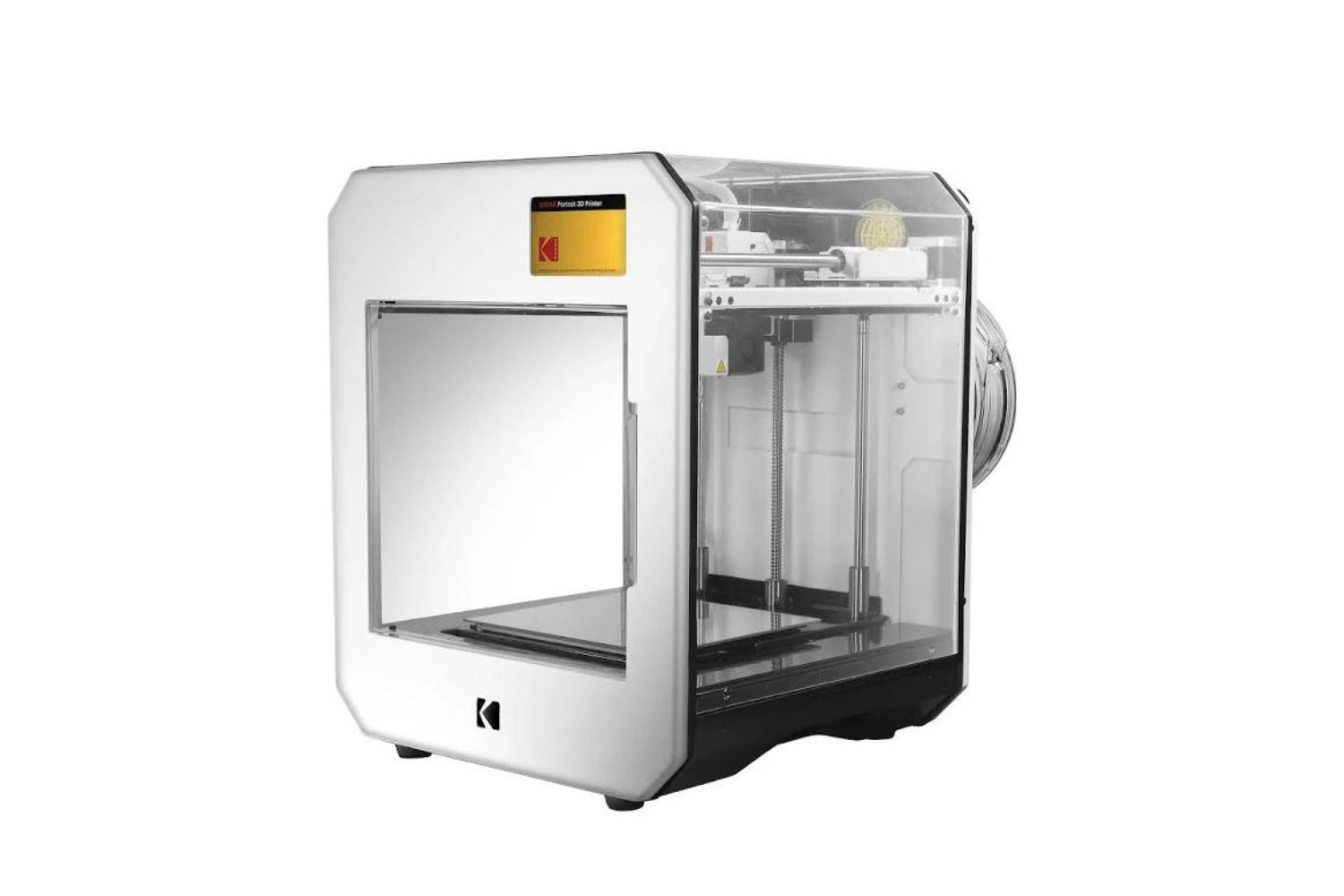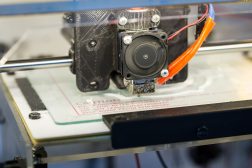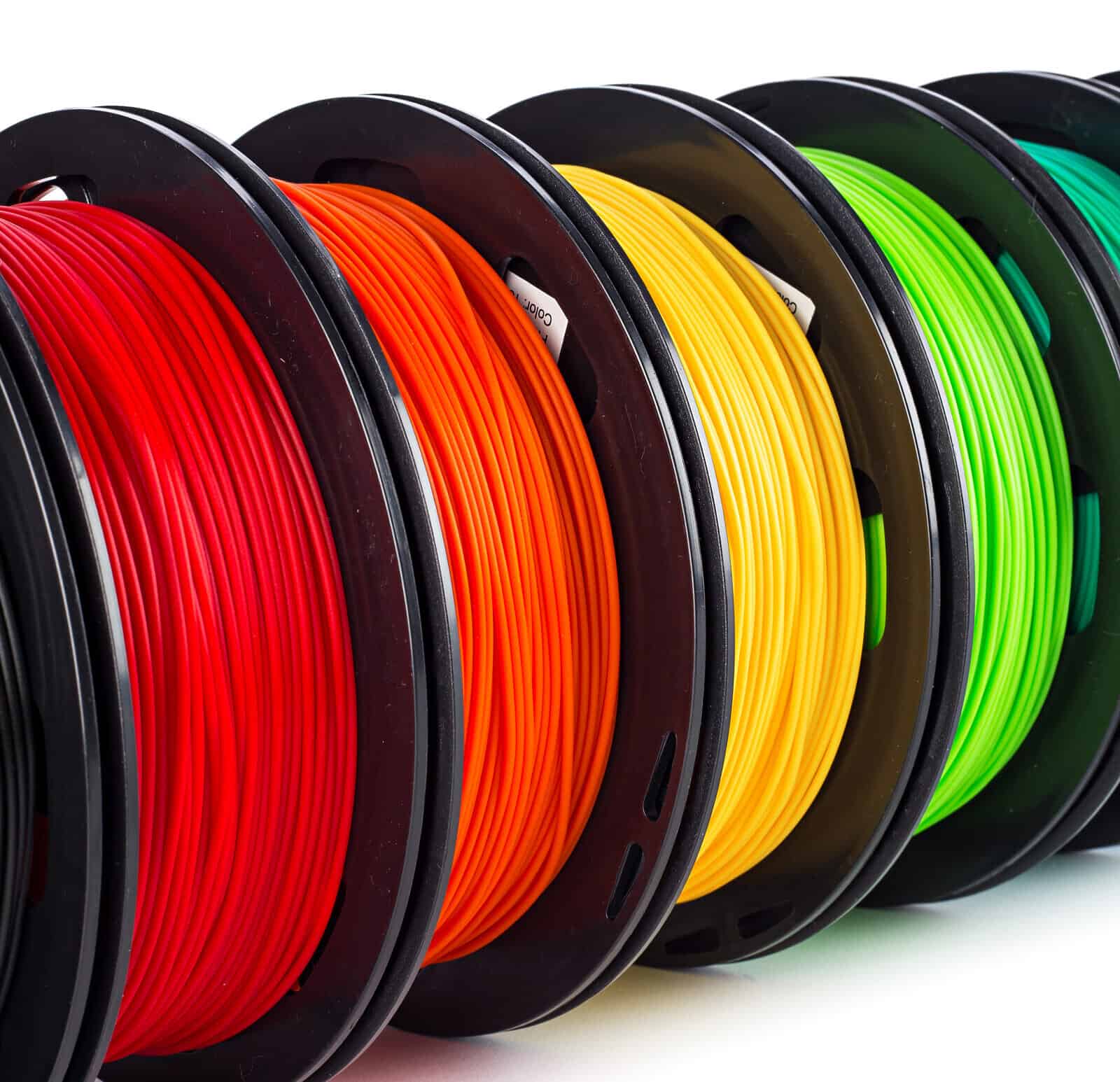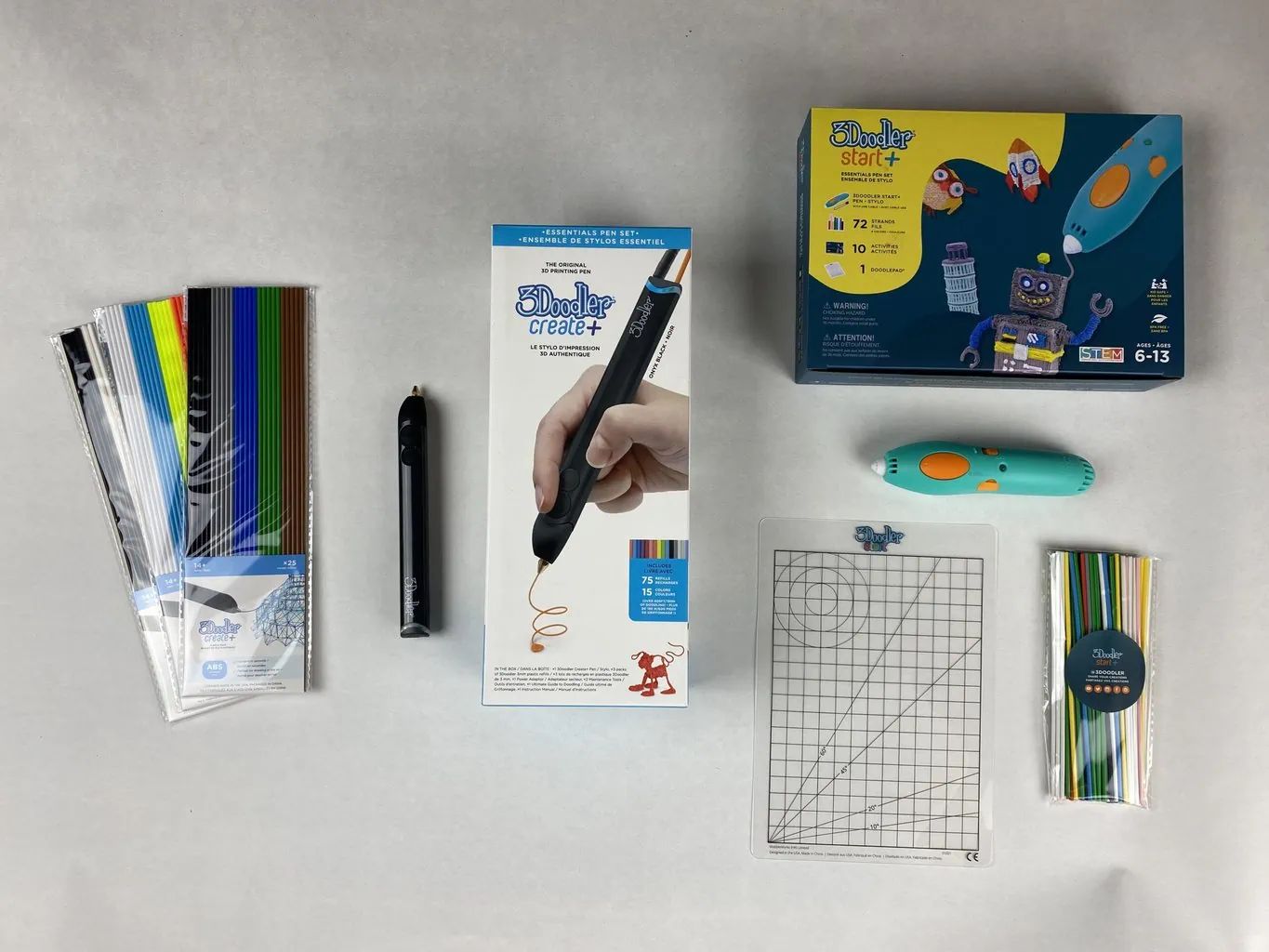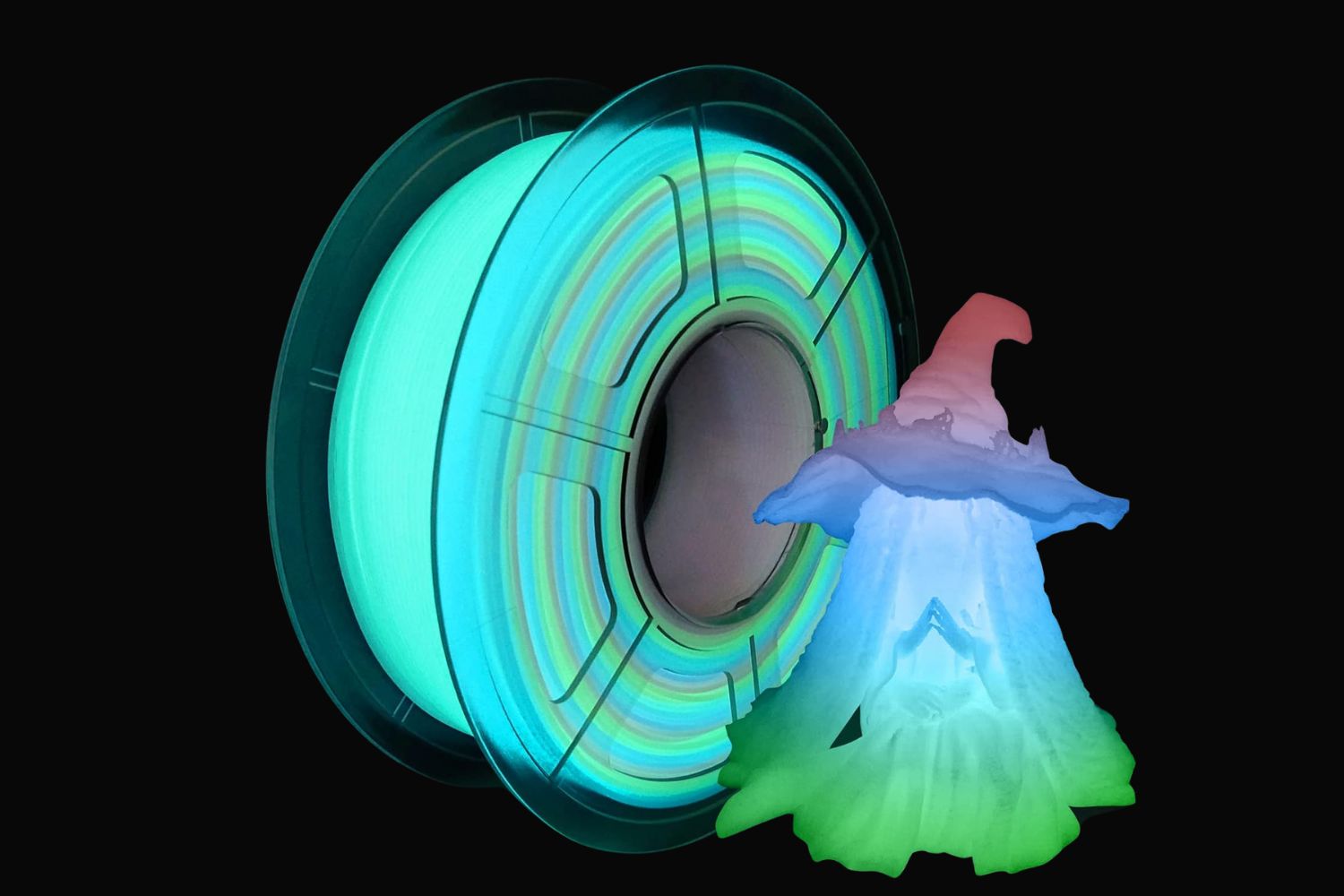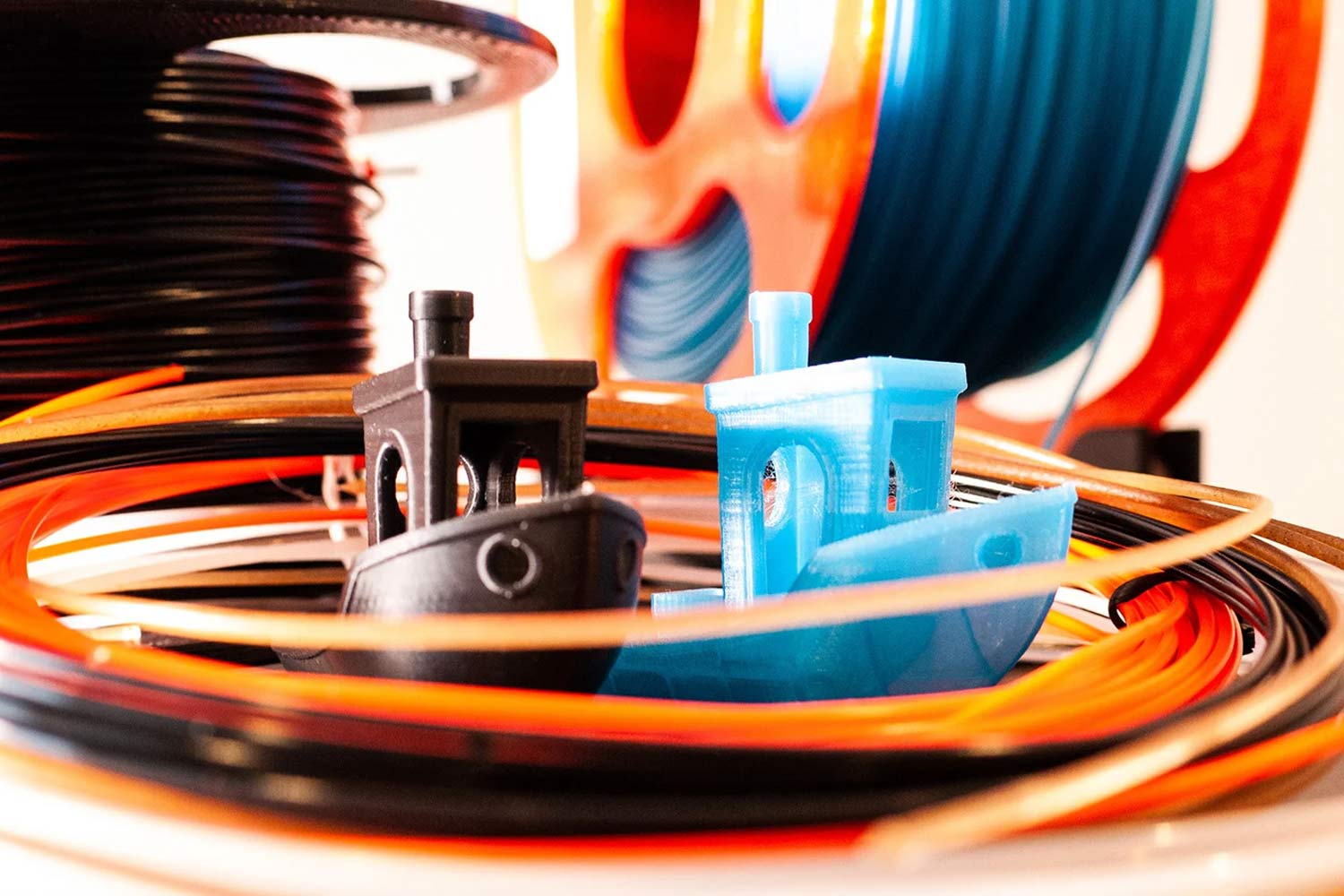Introduction
When it comes to 3D printing, selecting the right filament is crucial for achieving strong and durable objects. The filament you choose can greatly impact the strength and quality of your prints. There are several different types of filaments available in the market, each with its own unique properties and strengths.
In this article, we will explore some of the strongest 3D printer filaments and examine their key characteristics. Whether you are an experienced user or just getting started with 3D printing, understanding the strength of different filaments can help you make an informed decision and produce high-quality prints.
Before diving into the details of each filament, it’s important to note that there are multiple factors that contribute to the overall strength of a printed object, including layer adhesion, infill density, and print settings. However, the filament itself sets the foundation for strength, and choosing a filament known for its durability can significantly improve the quality of your prints.
Now, let’s take a closer look at some of the strongest 3D printer filaments on the market:
ABS Filament
ABS (Acrylonitrile Butadiene Styrene) is one of the most commonly used filaments in 3D printing. It is known for its high strength, durability, and impact resistance. ABS filament is widely used in industries such as automotive, aerospace, and electronics.
One of the key advantages of ABS filament is its ability to withstand high temperatures. This makes it suitable for functional parts and products that may be subjected to heat or require post-processing techniques like sanding and painting.
ABS prints tend to be more durable and have better interlayer adhesion compared to other filaments. Its high impact resistance makes it ideal for applications that require toughness and structural integrity, such as mechanical prototypes, tools, and enclosures.
However, it’s worth noting that ABS filament can be challenging to print with due to its tendency to warp during cooling. To mitigate this issue, using a heated bed and an enclosed print chamber is recommended. Additionally, proper ventilation is crucial when printing with ABS, as it emits fumes that may be harmful if inhaled.
In summary, ABS filament offers a combination of strength, durability, and heat resistance, making it a popular choice for industrial applications. Its ability to withstand high temperatures and strong interlayer adhesion makes ABS filament suitable for functional prototypes and parts that require robustness.
PLA Filament
PLA (Polylactic Acid) is another widely used filament in 3D printing. It is known for its ease of use, biodegradability, and affordability. PLA filament is derived from renewable resources such as cornstarch or sugarcane, making it an eco-friendly choice.
While PLA may not possess the same level of strength as ABS or some other filaments, it still offers a decent level of durability and stability. PLA prints tend to have good dimensional accuracy and excellent surface finish, making it ideal for cosmetic and decorative parts.
One of the key advantages of PLA filament is its low warping tendency, making it easier to print with compared to ABS. PLA also requires lower printing temperatures, which can be advantageous for printers without heated beds. Furthermore, PLA emits less odor compared to ABS, making it more suitable for indoor use.
PLA is not suitable for high-temperature applications as it has a lower glass transition temperature. However, for general-purpose printing, PLA provides sufficient strength and reliability. It is widely used for prototypes, figurines, toys, household items, and artistic creations.
In addition to its ease of use and versatility, PLA filament’s environmental benefits make it an attractive choice for those aiming to reduce their carbon footprint. Its renewable nature and biodegradability make it a popular filament option for environmentally conscious users.
In summary, PLA filament offers a balance of affordability, ease of use, and decent durability. Its low warping tendency, smooth surface finish, and biodegradability make it a versatile filament suitable for a wide range of applications, especially those that are aesthetically focused.
PETG Filament
PETG (Polyethylene Terephthalate Glycol) is a popular filament choice that combines the best qualities of both ABS and PLA. It offers strength, durability, and ease of use, making it suitable for a wide range of applications.
One of the key advantages of PETG filament is its excellent layer adhesion. PETG prints have strong interlayer bonds, resulting in increased strength and structural integrity. This makes it an ideal filament for functional parts, mechanical components, and prototypes that require high durability.
PETG filament is known for its exceptional chemical resistance. It can withstand exposure to various chemicals, including acids and alkalis, without undergoing degradation. This property makes PETG filament suitable for applications in chemical and laboratory settings.
Furthermore, PETG has a higher glass transition temperature compared to PLA, allowing it to withstand higher temperatures without deforming. It also exhibits good flexibility and impact resistance, making it less prone to fracturing or breaking upon impact.
Similar to PLA, PETG filament has low warp tendencies, making it easier to print with compared to ABS. It does not require a heated bed but benefits from the use of an enclosure to create a more stable printing environment. PETG is also less prone to emitting harmful fumes during printing.
In summary, PETG filament offers a balance of strength, durability, and chemical resistance. It is suitable for functional parts, mechanical components, and applications that require resistance to chemicals. Its ease of use and low warp tendencies make it a favored filament choice among many 3D printing enthusiasts.
Nylon Filament
Nylon filament is a versatile and durable option for 3D printing. It is known for its strength, flexibility, and excellent impact resistance. Nylon filament is widely used in various industries, including automotive, aerospace, and manufacturing.
One of the key advantages of nylon filament is its high tensile strength, making it ideal for applications that require parts to withstand heavy loads and stresses. Nylon prints have excellent layer adhesion, resulting in strong and reliable objects.
In addition to its strength, nylon filament offers exceptional flexibility and impact resistance. It can be bent, twisted, and stretched without breaking, making it suitable for functional parts that require some degree of flexibility. Its high impact resistance makes it capable of withstanding sudden shocks or vibrations.
Nylon filament also exhibits excellent resistance to chemicals, including oils, solvents, and fuels. This property makes it suitable for applications where the printed parts will come into contact with various substances. It can also withstand exposure to high temperatures, making it a good option for parts that may experience heat during use.
However, nylon filament can be challenging to print with due to its hygroscopic nature, meaning it absorbs moisture from the air. This can lead to poor print quality and adhesion if not properly dried. Additionally, nylon filament requires higher printing temperatures and slower print speeds compared to other filaments.
In summary, nylon filament offers a combination of strength, flexibility, impact resistance, and chemical resistance. It is suitable for applications that require high tensile strength, durability, and resistance to chemicals. While it may require specific printing considerations, nylon filament is a popular choice for industrial and functional 3D printing projects.
Polycarbonate Filament
Polycarbonate filament is a strong and durable option for 3D printing. It is known for its excellent impact resistance, high optical clarity, and heat resistance. Polycarbonate prints are commonly used in applications that require high strength and toughness.
One of the key advantages of polycarbonate filament is its exceptional impact resistance. It can withstand high forces and will not easily crack or shatter upon impact. This property makes polycarbonate filament suitable for functional parts that may be subjected to high stress or potential impacts.
Another notable characteristic of polycarbonate filament is its high optical clarity. It is transparent and allows light to pass through, making it suitable for applications where visual transparency is desired. Polycarbonate prints also maintain their clarity even after post-processing techniques such as sanding or polishing.
In addition to its strength and optical clarity, polycarbonate filament exhibits excellent heat resistance. It can withstand high temperatures without deformation, making it ideal for applications where parts will be exposed to heat or need to withstand high-temperature environments.
It’s important to note that polycarbonate filament can be challenging to print with due to its high printing temperature requirements and tendency to warp. To successfully print with polycarbonate, it is recommended to use a heated bed and an enclosed print chamber to maintain stable printing conditions. Proper ventilation is also crucial as polycarbonate emits fumes during printing.
In summary, polycarbonate filament offers impressive strength, impact resistance, and heat resistance. It is commonly used for functional parts that require high durability and toughness. Although it may require specialized printing conditions, polycarbonate filament is a preferred choice for applications that demand exceptional strength and clarity.
Flexible Filament
Flexible filament, often referred to as TPU (Thermoplastic Polyurethane) or TPE (Thermoplastic Elastomer), is a unique type of filament that offers flexibility and elasticity. It is commonly used for applications that require parts with rubber-like properties.
One of the key advantages of flexible filament is its ability to stretch, bend, and compress. It can be used to create objects that need to be flexible, such as gaskets, seals, shoes, phone cases, and prosthetics. Flexible prints also have excellent shock absorption properties, making them suitable for protective gear.
Flexible filament provides varying degrees of flexibility, ranging from soft and squishy to semi-flexible. This allows for customization based on specific printing requirements. It’s worth noting that the flexibility of the printed object can also be adjusted by altering infill density and print settings.
In addition to its flexibility, TPU and TPE filaments offer good layer adhesion, resulting in strong and durable prints. The filament’s ability to maintain its elasticity and shape without breaking or tearing is another advantage for applications requiring longevity and resilience.
When printing with flexible filaments, it is recommended to use a printer with a direct drive extruder or a bowden extruder with specific modifications. These types of extruders provide better control over the filament flow, reducing the chances of filament jamming or buckling.
Flexible filament can be printed at relatively low temperatures compared to other filaments, but it is important to find the right balance between temperature and print speed for optimal results. Slower print speeds are generally preferred to ensure accurate deposition of the flexible material.
In summary, flexible filament offers the unique ability to create parts that are flexible, elastic, and rubber-like. It is suitable for applications that require shock absorption, flexibility, and durability. While it may require specific printer modifications and printing considerations, flexible filament provides a wide range of possibilities for creating functional and resilient objects.
Conclusion
In conclusion,
We have explored some of the strongest 3D printer filaments available, each with its own unique properties and strengths. ABS filament offers high heat resistance and durability, making it suitable for functional parts. PLA filament provides ease of use and biodegradability, ideal for projects that prioritize environmental sustainability.
PETG filament offers a balance of strength, durability, and chemical resistance, making it suitable for a wide range of applications. Nylon filament boasts excellent tensile strength, flexibility, and chemical resistance, making it a popular choice for industrial and functional prints.
Polycarbonate filament offers exceptional impact resistance, optical clarity, and heat resistance, making it well-suited for demanding applications. Flexible filament, like TPU or TPE, provides flexibility, elasticity, and shock absorption capabilities, allowing for the creation of rubber-like objects.
While each filament has its own strengths and weaknesses, understanding their properties can help you make an informed decision when selecting the filament that best suits your printing needs. Consider the specific requirements of your project, such as strength, flexibility, heat resistance, or chemical resistance, to determine the most appropriate filament for the task at hand.
Remember that the filament is just one aspect of producing high-quality and strong prints. Other factors such as print settings, layer adhesion, and post-processing techniques also play significant roles in achieving durable and reliable 3D prints.
Take the time to experiment, fine-tune your settings, and conduct test prints to optimize the strength and quality of your prints. With the right filament and proper printing techniques, you’ll be able to create strong and robust objects for your various projects and applications.







